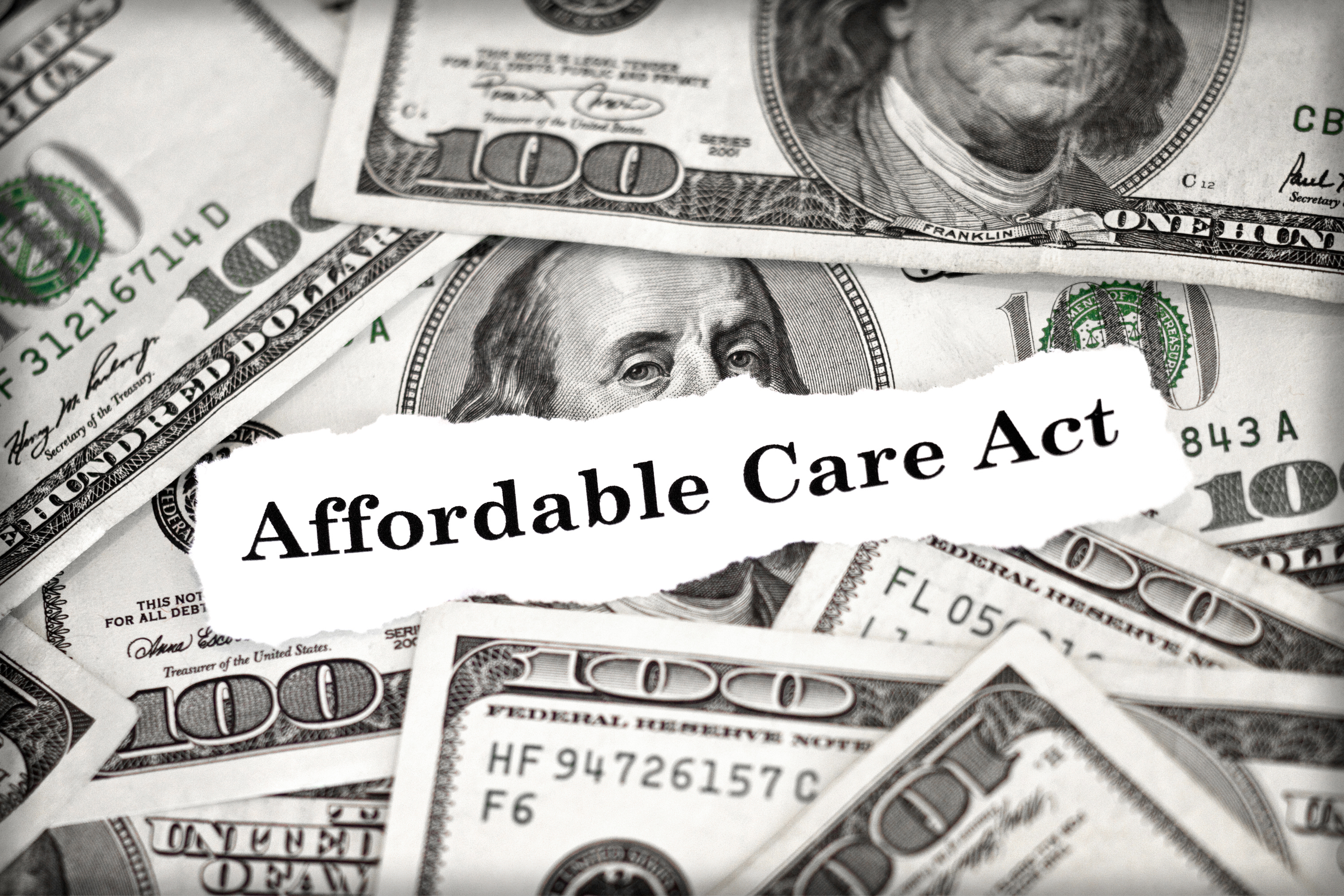When to Sign Up for Medicare
As you approach 65, explore your choices and pay attention to deadlines.

These days, turning 65 doesn't have to mean hanging up your career. But it does represent one big milestone: Medicare eligibility. In most cases, signing up for Medicare Part A is a no-brainer. This coverage pays for in-patient care in the hospital. There's generally no premium, although you do pay a deductible and share other costs.
You can sign up as early as three months before the month in which you turn 65 and as late as three months after your 65th-birthday month. To avoid any delay in coverage, enroll before you turn 65, says Joe Baker, of the Medicare Rights Center.
At the same time, you can also enroll in Medicare Part B, which covers doctors' visits and outpatient care. This coverage exacts a monthly premium ($104.90 for most people in 2013), plus a deductible and coinsurance. (If you're collecting Social Security when you turn 65, you will automatically be enrolled in Part A and Part B, and the Part B premium will be deducted from your benefits.) If you still have health coverage through work or are covered by your spouse's employer, you may be better off keeping that coverage and delaying Part B. Ask your employer for help deciding, or call Social Security at 800-772-1213.
From just $107.88 $24.99 for Kiplinger Personal Finance
Become a smarter, better informed investor. Subscribe from just $107.88 $24.99, plus get up to 4 Special Issues

Sign up for Kiplinger’s Free Newsletters
Profit and prosper with the best of expert advice on investing, taxes, retirement, personal finance and more - straight to your e-mail.
Profit and prosper with the best of expert advice - straight to your e-mail.
Once you lose employer coverage, you have eight months in which to sign up for Part B (you should do so because both retiree health benefits and coverage through COBRA are secondary to Medicare as soon as you're eligible, whether you sign up or not). If you don't sign up for Part B within that window, you'll have to wait until the next open-enrollment period (January 1 to March 31), and your monthly premium will permanently increase by 10% for each 12-month period you delay.
To sign up for Medicare parts A and B, call 800-772-1213 or visit www.socialsecurity.gov/medicareonly.
Fill in the gaps. Also consider Medicare supplement coverage, also known as medigap. These plans cover part or all of the costs you would otherwise pay under parts A and B, including deductibles and co-pays. The ten plans are labeled by letter; benefits for each are standardized, but insurers set their own premiums. The six-month initial enrollment period starts on the first day of the month in which you are 65 or older and are enrolled in Medicare Part B. During that window, you can't be turned away by insurers because of a preexisting condition. Miss the deadline and you could end up paying more or be denied coverage altogether. The Obamacare ban on denying coverage based on preexisting conditions does not apply to Medicare.
Medicare Part D, offered through private insurers, covers prescription drugs. You pay a monthly premium and co-pays or coinsurance, and some plans also have a deductible. The plans cover you up to a certain amount each year, after which you pay a much higher share of the cost—a gap in coverage known as the doughnut hole. Once you've hit the maximum out-of-pocket cost for the year, your share goes way down until year-end.
You can join a Medicare drug plan during your Medicare initial enrollment period. If you don't, and you go 63 days or more without "creditable" coverage (such as through an employer), you will pay a penalty based on the national base premium and on how long you delayed before you enrolled.
Another option: a Medicare Advantage plan, which combines medical and prescription-drug coverage and other benefits, such as coverage for vision and hearing care. These plans, offered through private insurers, generally limit your choice of providers and require more cost sharing than Part D and medigap, but premiums tend to be lower. You can enroll in a plan during your initial enrollment period or during open enrollment (October 15 to December 7). To find medigap, Part D or Medicare Advantage plans in your area and compare premiums, go to www.medicare.gov/find-a-plan.
Haven't yet filed for Social Security? Create a personalized strategy to maximize your lifetime income from Social Security. Order Kiplinger’s Social Security Solutions today.
Profit and prosper with the best of Kiplinger's advice on investing, taxes, retirement, personal finance and much more. Delivered daily. Enter your email in the box and click Sign Me Up.

-
 Stocks Struggle Ahead of November Jobs Report: Stock Market Today
Stocks Struggle Ahead of November Jobs Report: Stock Market TodayOracle and Broadcom continued to fall, while market participants looked ahead to Tuesday's jobs report.
-
 7 Dr. Seuss Quotes Retirees Should Live By
7 Dr. Seuss Quotes Retirees Should Live ByYou're off to great places! Why Dr. Seuss is the retirement guru you didn't know you needed.
-
 Fed's Rate Cuts Could Have Impacts You Might Not Anticipate
Fed's Rate Cuts Could Have Impacts You Might Not AnticipateUnderstanding how lower interest rates could impact your wallet can help you determine the right financial moves to make.
-
 Amazon Resale: Where Amazon Prime Returns Become Your Online Bargains
Amazon Resale: Where Amazon Prime Returns Become Your Online BargainsFeature Amazon Resale products may have some imperfections, but that often leads to wildly discounted prices.
-
 End of Expanded Premium Tax Credit Would Drive Uninsured Rates Higher
End of Expanded Premium Tax Credit Would Drive Uninsured Rates HigherTax Credits Millions of people could become uninsured if Congress fails to extend the enhanced premium tax credit.
-
 Over 162,000 Dreamers Cut Off From Affordable Care Act Insurance
Over 162,000 Dreamers Cut Off From Affordable Care Act InsuranceHealth Insurance A federal court in North Dakota has blocked ACA coverage for DACA recipients in 19 states. Here's what it means.
-
 2025 Open Enrollment: Some DACA Recipients Can Purchase Affordable Care Act Health Insurance
2025 Open Enrollment: Some DACA Recipients Can Purchase Affordable Care Act Health InsuranceOpen Enrollment Your eligibility to purchase health insurance from the federal marketplace may have changed. Here's what you need to know.
-
 457 Plan Contribution Limits for 2026
457 Plan Contribution Limits for 2026Retirement plans There are higher 457 plan contribution limits in 2026. That's good news for state and local government employees.
-
 Medicare Basics: 12 Things You Need to Know
Medicare Basics: 12 Things You Need to KnowMedicare There's Medicare Part A, Part B, Part D, Medigap plans, Medicare Advantage plans and so on. We sort out the confusion about signing up for Medicare — and much more.
-
 The Seven Worst Assets to Leave Your Kids or Grandkids
The Seven Worst Assets to Leave Your Kids or Grandkidsinheritance Leaving these assets to your loved ones may be more trouble than it’s worth. Here's how to avoid adding to their grief after you're gone.
-
 SEP IRA Contribution Limits for 2026
SEP IRA Contribution Limits for 2026SEP IRA A good option for small business owners, SEP IRAs allow individual annual contributions of as much as $70,000 in 2025, and up to $72,000 in 2026.